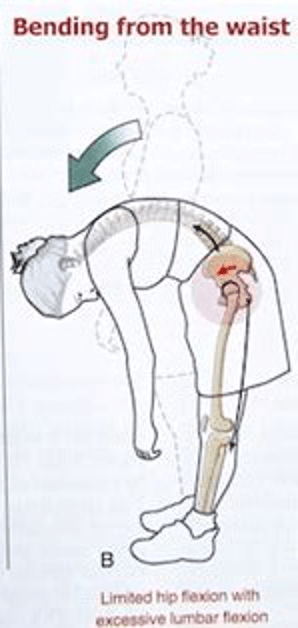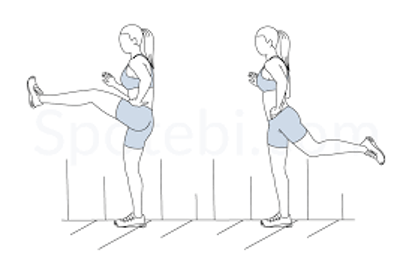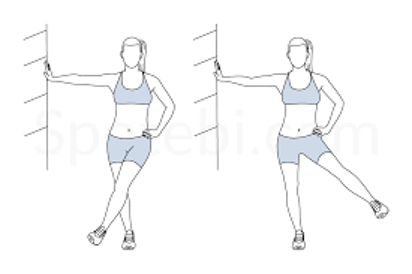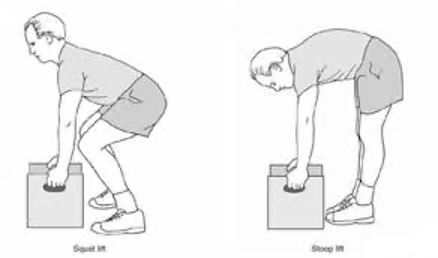Back injury: How to pack and move without pain
Each of us sustain a back injury at some stage in our lives, resulting in back pain. Frequently the process of moving home, upsizing, downsizing, or clearing out a property as part of a deceased estate realisation results in back injury or strain – particularly to the lower back (lumbar spine). Back strains mostly happen due to improper lifting and twisting of the body when moving a heavy object. The actual mechanism of the injury occurs the a heavy object is lifted with the back ion a flexed position.

How to carry out a back-safe move!
- Get a head start
When the decision to move is made, try your best to start purging your home of extraneous items in advance of the actual moving date. You may decide to hold a garage sale or to conduct a an online auction. Either way, come moving day, you should find that you have significantly reduced the volume of items to be packed and moved on the day.
2. Strengthen your key lifting muscles
Another aspect of getting a head start and supporting your back on moving day is strengthening your main lifting muscles – your ‘core’ muscles. These are the deep abdominal and pelvic muscle groups which, when adequately strengthened , provide a corset of support for your lunar spine. In order to achieve such an outcome it’s advisable to undertake a core strengthening program ahead of moving day. Ideally, a core strengthening program should start approximately 4-6 weeks prior to moving day. Target area include:
- lower abdominals
- upper abdominals
- oblique abdominals
- gluteal (buttock) muscles
- prone planks and prone stretches
The above movements provide your best defence against back injuries such as strain and herniated discs.
3. Don’t rush
You run a higher risk of injuring your back or slipping down the stairs when you try to do too many things too quickly. On the day of the move pace yourself and, if feasible, allow for more than one day to complete the move.
4. On moving day, warm up and lift intelligently!
Lifting furniture and other heavy articles during the moving process is a form of functional fitness and it will physically and mentally challenge you. As such you should warm up before you start working.
Warming up should consist of light, easy movements which activate your muscles and moderately elevate your heart rate. For example, to activate your heart rate, back, hips, and lower body muscles, do some marching=on-the-spot, jogging-on-the-spot, side bends, squats, torso rotations, dynamic leg swings, and lunges. Do the movement once for a duration of about 20-30 seconds.


Lifting intelligently simply means lifting with your whole body – your hips, glutei, legs, back and lower leg muscles. When facing the object to be lifted, bend your knees, push your back a you hinge at the hips, brace and tighten your abdominal muscles, and get a good handle on the item. This is the squat lift below.

If the item is clearly too heavy for your level of strength, be smart and delegate the work to someone stronger.
This article was contributed by Canards Solutions team member Kaj Andersson, certified Fitness Professional with over 10 year’s experience coaching injury prevention, strength and conditioning.
Disclaimer: Information regarding exercise in this article is of a general nature and should not be acted on definitively. You should always consult your healthcare provider before undertaking any exercise, and/or training plans.

